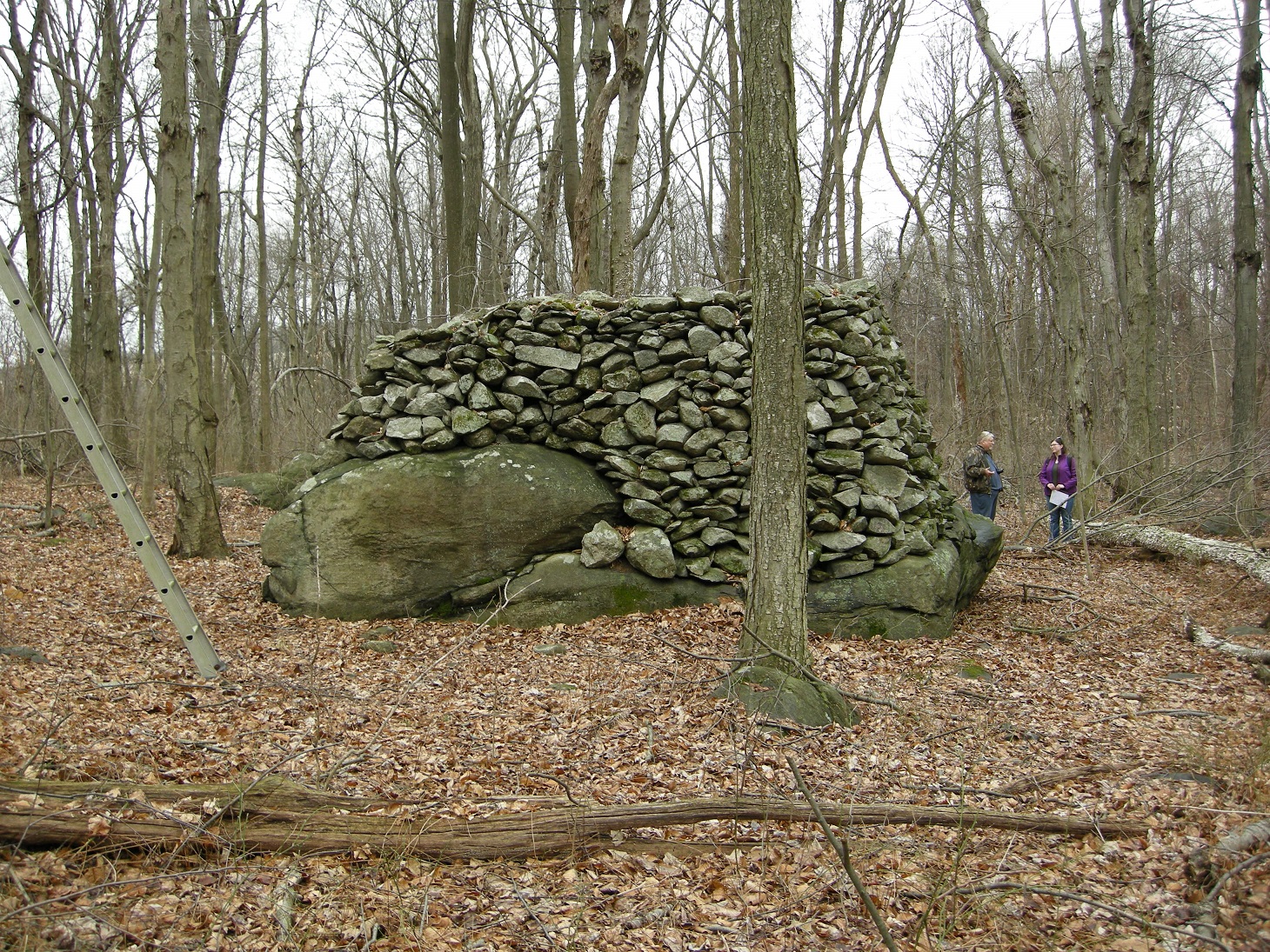I tried using the AI report, see if you can make any sense of it.
AI Report-----
Native American Stone Cairns, Settler Stone Walls, and Regional Stone Wheels
Native American stone cairns, settler stone walls, and regional stone wheels such as the Bighorn Medicine Wheel are distinct structures with different purposes and cultural significance.
Native American Stone Cairns:
- Stone cairns are found throughout North America, from the sub-arctic regions of Canada to the lower 48 states, with the highest concentrations on the eastern seaboard and westward into Canada.
- These cairns are historically significant and are associated with Native American cultures, serving various purposes such as burial markers, trail markers, and ceremonial or ritualistic structures.
- They are often smaller in scale and are not typically arranged in circular patterns like the regional stone wheels.
Settler Stone Walls:
- Settler stone walls are typically associated with European settlers and their agricultural practices, particularly in the northeastern U.S..
- These walls were used to demarcate property boundaries, contain livestock, and clear fields for farming.
- Unlike Native American stone cairns and regional stone wheels, settler stone walls are primarily utilitarian in nature and lack the ceremonial or ritualistic significance of the other structures.
Regional Stone Wheels (Bighorn Medicine Wheel):
- The Bighorn Medicine Wheel is a circular alignment of limestone boulders about 80 feet in diameter with 28 rock spokes radiating from a prominent central cairn
- It is believed to have been used by prehistoric Native Americans as an ancient astronomical observatory and calendar, with important star alignments involving the central and circumferential cairns.
- Similar stone wheels, known as medicine wheels or sacred hoops, have been built by Native Americans for centuries, with uses ranging from the ritual to the astronomical.
- These stone wheels are characterized by a central stone cairn surrounded by a stone ring, along with spokes radiating outward from the center to the surrounding ring, and are often associated with astronomical alignments.
In summary, Native American stone cairns, settler stone walls, and regional stone wheels such as the Bighorn Medicine Wheel serve different cultural, ceremonial, and practical purposes, reflecting the diverse traditions and practices of the peoples who constructed them.
Native American Carved Stone Turtle Seats and Trail Markers vs. Spanish Mine Monuments and Treasure Markers
Native Americans and Spanish explorers both used markers and symbols to denote important locations, but there are distinct differences between the carved stone turtle seats and trail markers used by Native Americans and the Spanish mine monuments and treasure markers.
Native American Carved Stone Turtle Seats and Trail Markers:
- Native Americans used marker trees and sometimes carved upon them their individual or clan insignia to mark trails. They also used stone piles, planting of poles, and other materials to mark trails and important locations.
- Marker trees were used to show the direction of travel and were often bent and fastened to indicate the right way. These markers were used for navigation and communication among different tribes.
- The markers used by Native Americans were primarily for navigation and communication, and they did not specifically indicate the location of treasures or mines.
Spanish Mine Monuments and Treasure Markers:
- Spanish explorers and miners left behind stone sculptures and carvings that marked trails and hidden treasures. These markers were created to lead to treasures and mines, and were required to be built and recorded as natural "maps" to treasure found in the New World.
- The Spanish markers and monuments were specifically designed to lead to treasures and mines, and were ordered by the King of Spain to mark treasure trails.
- The markers left by the Spanish were intended to guide others to the location of hidden treasures and mines, and were part of the Spanish efforts to gain wealth in the New World.
In summary, while both Native Americans and Spanish explorers used markers and symbols to denote important locations, the purposes and intentions behind the markers were different. Native American markers were primarily for navigation and communication, while Spanish markers were specifically designed to lead to treasures and mines.
Native American Carved Stone Animal Effigies for Religious or Ceremonial Purposes
Native American carved stone animal effigies, also known as fetishes, were commonly used for religious and ceremonial purposes. These carvings were made from various stones, including soft stones like white marble, amber, or animal antler, and depicted animals that held spiritual significance for the Native American tribes.
Religious and Ceremonial Significance:
- Native American Indian fetishes, commonly carved from stone or antler, took the shapes of animals, with the form being suggested by the material and the magic power within it, rather than being predetermined by the carver.
- These stone fetishes commonly took the shape of predators, animals admired for their strength of spirit and dominance, believed to possess the strongest fetish powers 1.
- The Zuni people, in particular, created small carvings known as fetishes, made primarily from stone, shell, fossils, and other materials, which served ceremonial purposes and depicted animals and icons integral to their culture.
- The Zuni fetishes were believed to hold the skills and qualities of the animal, bringing some of the animal's power to their keeper, and were often used in ceremonies as a powerful connection to nature and the spirit world.
Conclusion: Carved stone animal effigies held significant religious and ceremonial importance for Native American tribes, with the form and material of the fetishes being closely tied to spiritual beliefs and practices.
Yes, Native Americans used carved stone turtle effigies for various purposes, including religious and ceremonial significance. In the creation myths of some East Coast tribes, such as the Iroquois and Lenape, the Great Spirit created their homeland by placing earth on the back of a giant turtle, leading to the contemporary reference to North America as "Turtle Island". Turtles are also associated with long life, protection, and fertility in the folklore of Plains Indians, and in some tribes, a newborn girl's umbilical cord was sewn into a figure in the shape of a turtle to ensure her health and safety. Additionally, turtles are considered a symbol of Mother Earth in many Native American cultures and are associated with healing, wisdom, spirituality, health, safety, longevity, protection, and fertility.
Carved stone turtle effigies held deep spiritual significance and were used in ceremonial rituals, reflecting the rich cultural heritage of various Native American tribes. These effigies were crafted from stone, wood, or clay and were often used in storytelling and ceremonial purposes, emphasizing their importance in preserving and celebrating Native American culture.









